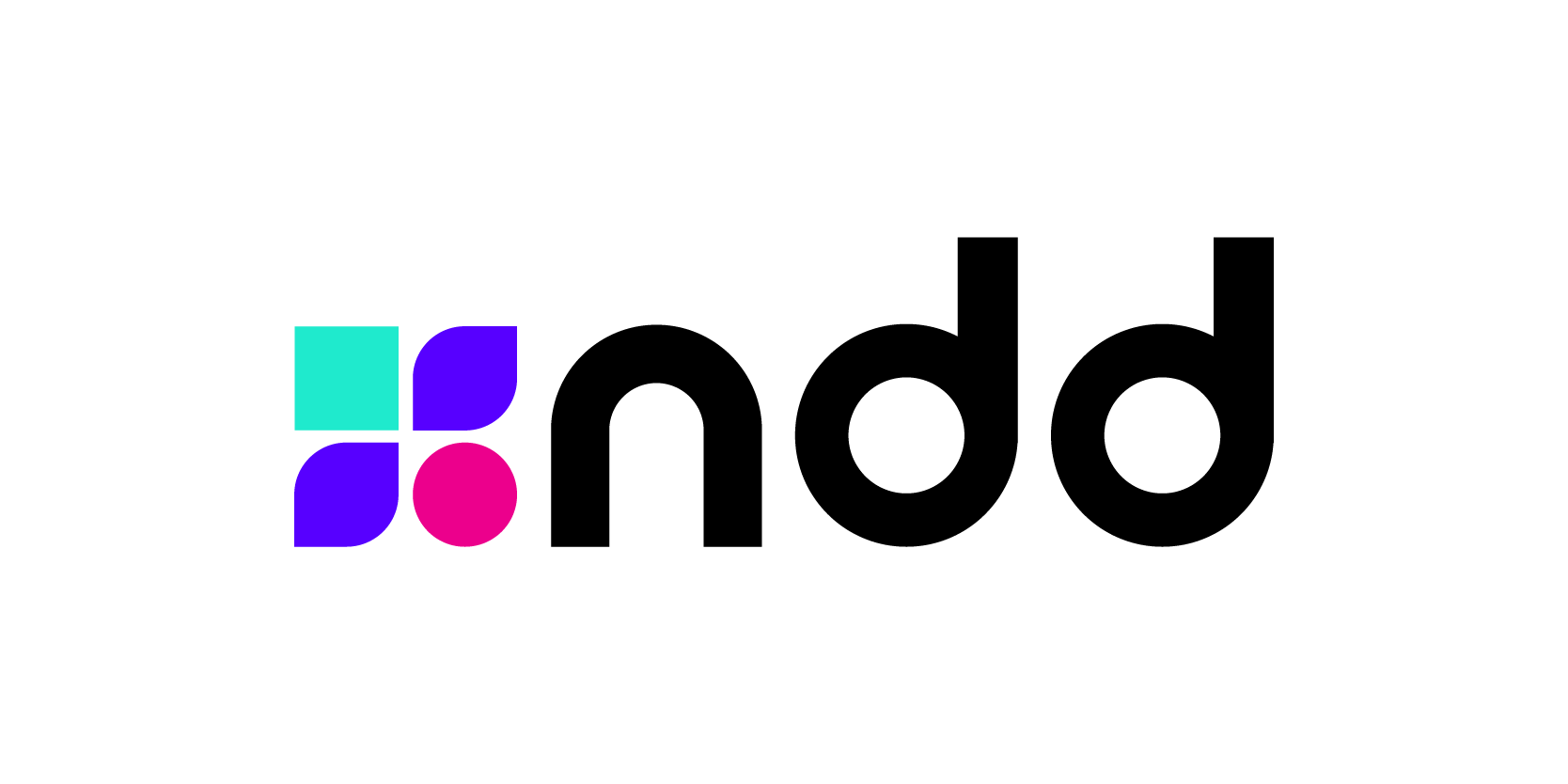Clients are demanding more services and features aligned to the cloud, which opens a new market for managed print services.
The cloud was one of the main pillars of digital transformation for many companies while they adapted themselves to a hybrid work environment. One of the main challenges for companies is to build a resilient, future-proof IT infrastructure in an environment in which changes were forced due to pandemics and the new model of work, also the hybrid and the home offices.
One of the difficulties is to assure what are the best in a cloud service: availability, flexibility, and scalability of the cloud help business to become more agile and effective. In print management, the cloud rises to overcome adversities and inefficiencies of the traditional structure of companies. With a good cloud architecture, it is also possible to reduce costs.
Before the cloud in the print management business, on-premises print servers were necessaries and a deep IT administrative concern about driver and software installation besides device configuration, which creates difficulties for the IT team of the client. They needed to monitor the settings and compliance issues in addition to print management issues, such as tracking, updates, and maintenance.
The cloud, however, opens another issue for print management: how to assure safety in a moment when the cyberattacks are growing? That concern is not excessive: the world had seen a 105% growth of cyberattacks in the last year, mainly in ransomware attempts.
That is the conclusion from the study “2022 Cyber Threat Report”, developed by Sonic Wall. It reported more than 28 million malware attacks blocked by companies daily.
A cloud ecosystem
Print manufacturers are developing new solutions for the market to cater to the requirements of public, private, and hybrid clouds. That trend is aligned with customers’ expectations of serverless printing platforms, and cloud-based remote monitoring platforms, which could be managed internally by MPS providers. Cloud print services must aggregate new features to print management, such as:
– Help to develop print policy;
– Offer a print secure release feature;
– Create a digital workflow with digitalization;
Those conclusions were obtained in a Quocirca Study, subject that we explored more deeply in the last article. The research has other relevant information:
- Overall, 43% of organizations have already implemented a cloud print management platform, with a further 37% reporting that they have plans to do so in the next two years. The US is the most mature concerning cloud printing adoption (56%), with Germany trailing at 32%.
- Clients are demanding more cloud services from companies. 40% said moving to a cloud print management platform was a top benefit of MPS adoption.
- More than half (52%) of fully outsourced MPS customers are still operating their print environment fully on-premise, compared to only 31% of those who are managing the print infrastructure in-house.
Despite the clear benefits of cloud print management, there is still a long trail to the market completely transforming to the cloud. The print providers that could supply these requirements with simple and efficient solutions will stand out in this market, especially after two years of social isolation forced by pandemics, which shifted most of the changes.



